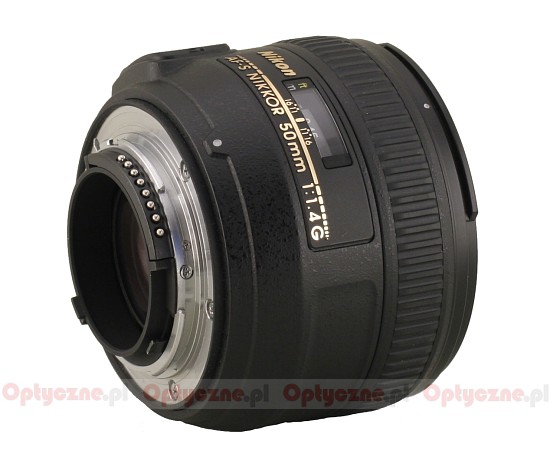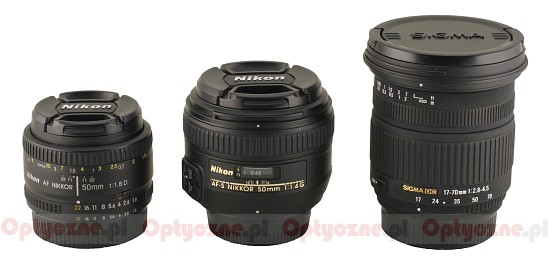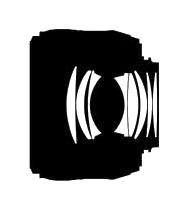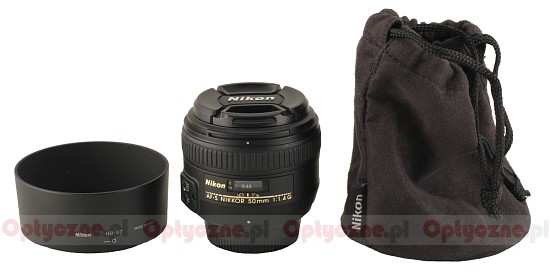Nikon Nikkor AF-S 50 mm f/1.4G
3. Build quality
 |
It is worth notice that, with the autofocus mode switched on, the ring doesn’t rotate but, in the same time, it allows to correct the settings manually. Focusing takes place inside the lens and the front lens system is at rest all the time, which makes the attachment of filters of every kind practically problem-free. Filters are, in this case, 58 mm in diameter.
Please Support UsIf you enjoy our reviews and articles, and you want us to continue our work please, support our website by donating through PayPal. The funds are going to be used for paying our editorial team, renting servers, and equipping our testing studio; only that way we will be able to continue providing you interesting content for free. |
- - - - - - - - - - - - - - - - - - - - - - - - - - - - - - - - - - - - - - - - - - - - - - - -
At the very end there is a lens hood fastener; lens hood comes with the set. The front lens system, taking the aperture size into consideration, is rather small in diameter and positioned deep into the casing. You might wonder if it will have any influence on vignetting and the performance against the light. We are bound to find out soon.
 |
The picture above shows the tested lens between a cheap 50 mm, f/1.8D and a Sigma 17-70 mm. The following table compares the new Nikkor with its competitors with similar parameters and an ultrasonic autofocus motor. It shows clearly that Nikkor is the lightest and the smallest in its class. If you feel tempted to compare the tested lens to other Nikon lenses with similar parameters, please consult the next table.
The inner construction consists of 8 lenses in 7 groups. Inside the lens there is also a circular 9 diaphragm blades aperture, which can be closed to f/16.

The buyer gets both caps, a lens hood and a soft case.
 |






